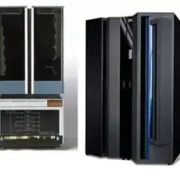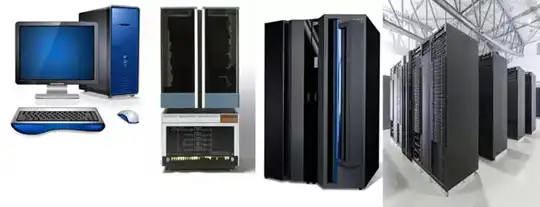Supercomputers are massive and powerful devices that possess remarkably high computational capabilities. These large tools are widely used in fields such as scientific research, space exploration, medical data analysis, complex software development, and even weather forecasting. This immense technology, like a digital wizard, provides capabilities for performing complex and voluminous calculations that were previously impossible.

Types of Supercomputers
Points to Consider About Supercomputers
Supercomputers are powerful and very complex tools that are kept in special data centers. These centers have special infrastructures designed for cooling and powering the devices. These large tools, due to their very high power requirements and high heat generation, require centers that have specific environmental conditions. The cost of building and maintaining supercomputers is very high. From securing funding for construction to maintenance and upgrade costs, all these stages are costly. These super-powerful tools require attention and multiple costs not only in their purchase and installation but also throughout their lifespan.
Conclusion
Here we examined the different types of supercomputers. These super-powerful tools, with high computational capabilities, enable complex and voluminous calculations to be performed in a short time. Finally, by using this technology, we can achieve greater speed and efficiency in scientific research and technological advancement.
This is a good overview of supercomputers. It explains the different architectures (clusters, massive parallel, networks, specialized) and also touches on important considerations like the infrastructure required to house and operate these powerful machines, as well as the high costs associated with them.
